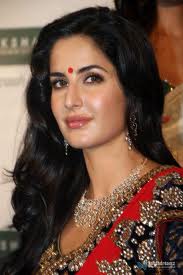Story telling is an interesting
format of traditional media which existed at a time when advanced forms of
communication such as the written word did not exist. For example, historical
stories of various local heroes who fought battles and participated in the
freedom struggle were performed through song and drama. These were not written
or documented. Instead they were orally communicated from one house to another or
one village to another. They kept the stories alive. Story-telling forms such
as ‘Harikatha’ and ‘Kabigan’ played a vital role in communicating historical
and epic stories. Story telling is also practiced in traditional youth clubs
like the Ghotul of the tribal Murias of Bastar or the Dhumkuria of the Oraons
of Bihar. Storytelling is a means of expressing experiences, emotions and ideas
in different forms of transfer and dating back to ancient times.
Despite all the modern
innovations, the attraction of the art of storytelling has not really
been lost, particularly
in the field
of education where it
still carries a
major importance. Storytelling is the conveying of
events in words, images, and sounds, often
by improvisation or embellishment. Stories or narratives have
been shared in every culture as a means of entertainment,
education, cultural preservation, and to instill moral
values. Crucial elements of stories and storytelling include plot, characters, and narrative point of view This
method, which has become a developed tool in imparting ideas
and skills with
the aid of
the mass media, has become
significant in all areas of studies.











